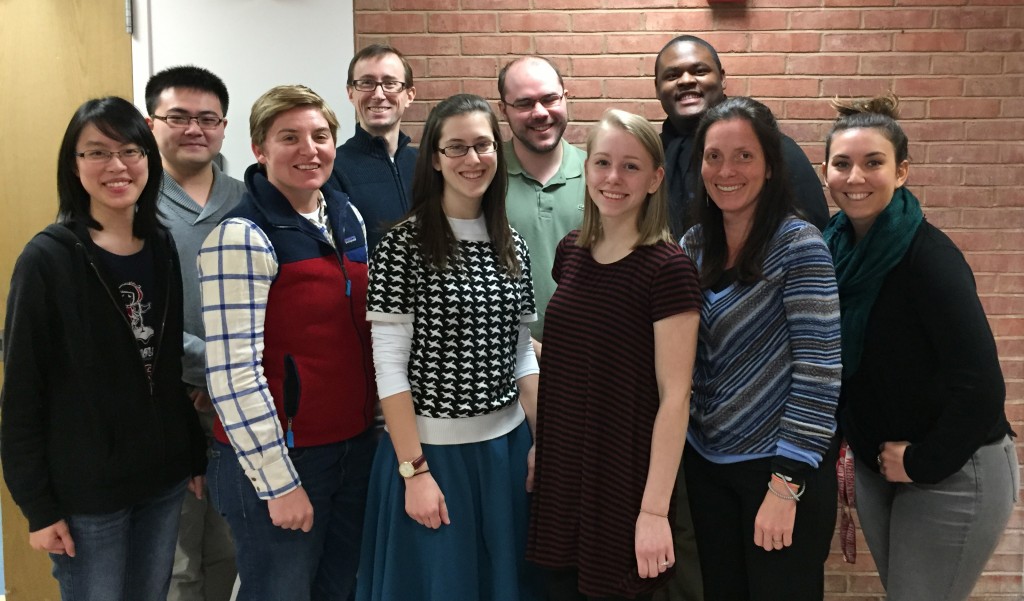Jeffrey Gardner, assistant professor of biological sciences, is prospecting for enzymes. The field of “bio-prospecting” has contributed to discoveries such as anti-cancer drugs and super-strong spider silk, Gardner explains in a new piece for The Conversation. He and his students are focused on finding enzymes that can break down long chains of sugars found in plants, called polysaccharides, with an eye on producing biofuels and other chemical products more efficiently.
“It takes unique microbes to produce the enzymes that will degrade plant polysaccharides,” Gardner writes, “…and they are found everywhere in nature, including the soil of your backyard.” Some of these enzymes have already proved useful for technologies like better detergents or biodegradable plastics.
The bacteria that produce the enzymes have specific methods for breaking down different polysaccharides. For example, a bacterium Gardner’s lab studies produces almost 200 distinct enzymes, which together can break down any polysaccharide found in plants. He explains, “We can adopt their methods to find solutions to real-world problems, such as creating better nutritional supplements, detergents, and fuels.”
Gardner has three main questions about the bacterium he’s studying and others like it: Why do they produce so many different enzymes? What does each enzyme do? And how does the bacterium use cues from the environment to regulate how much of each enzyme it produces at any given time?
So far, Gardner’s team has found that very few of the 200 enzymes the bacterium produces are actually required to break down cellulose, the primary component of plant cell walls. This smaller set of key enzymes may be very useful in industrial applications, such as next-generation biofuel production.
Although Gardner has a clear vision for the utility of his research, he is also adamant that bio-prospecting is worthwhile even if each study isn’t sure to produce the next big thing in biotech. “Many important discoveries, including the initial study of X-rays, green fluorescent protein and bacterial immunity to phages, started off as basic research,” he writes. “Over time, these fundamental studies developed, respectively, into the power to image broken bones, study cancer cells, and edit the genomes of many types of organisms.”
Still, Gardner is excited that his basic research is starting to turn up exciting applications. “As we continue to prospect for new enzymes,” he writes, “I expect that we will find solutions to many technical challenges by studying the fascinating ways microbes go about obtaining their next meal.”
Read Jeffrey Gardner’s full article and other articles by UMBC researchers at The Conversation. Gardner’s article is also available at Phys.org, Idaho Press-Tribune, and Lincoln Journal-Star, among others.
Update (6/15/2017): Learn more about Gardner’s research through a new segment on The Academic Minute, a WAMC national production supported by the Association of American Colleges & Universities.
Image: Jeffrey Gardner (fourth from left) and members of his lab, fall 2016. Photo by Kartik Joshi.

